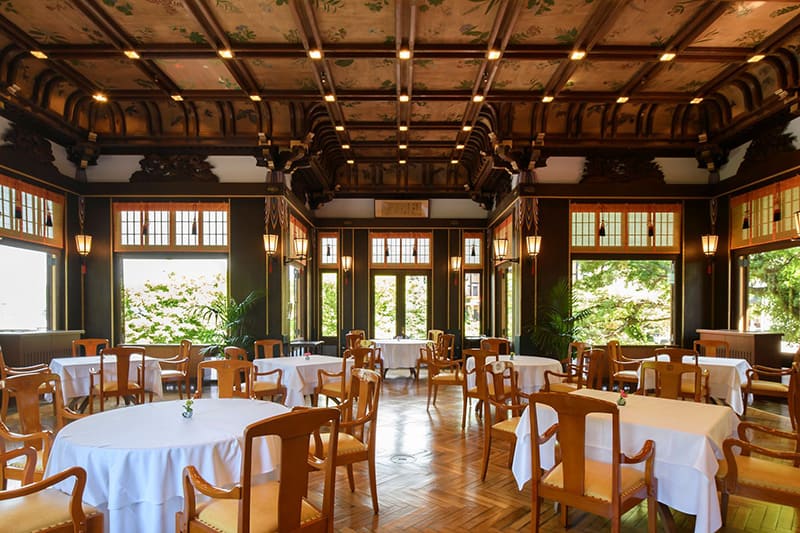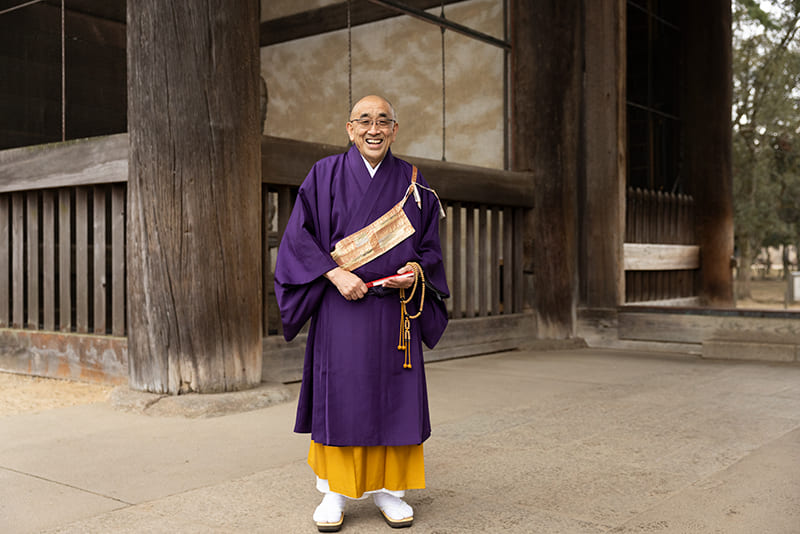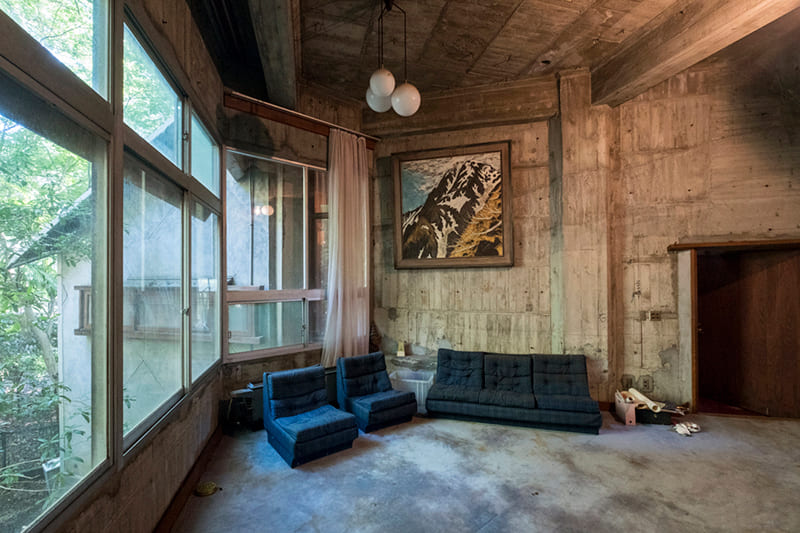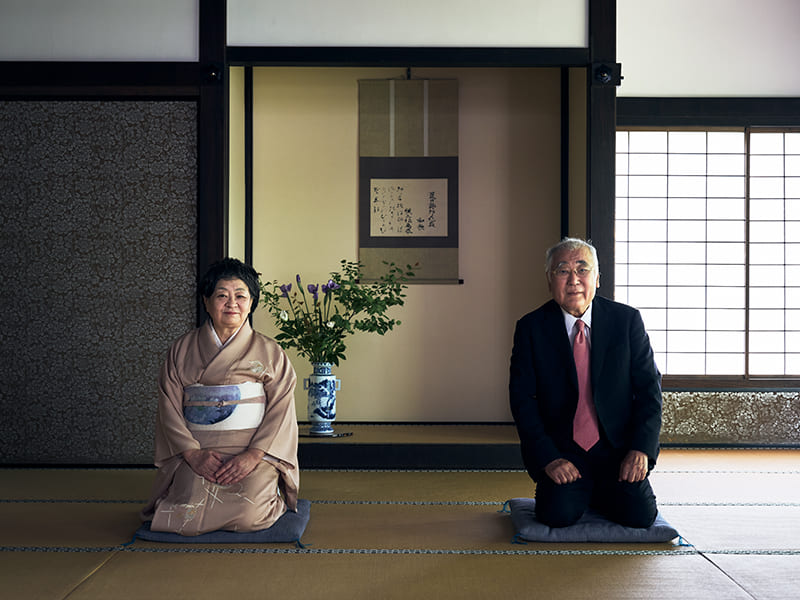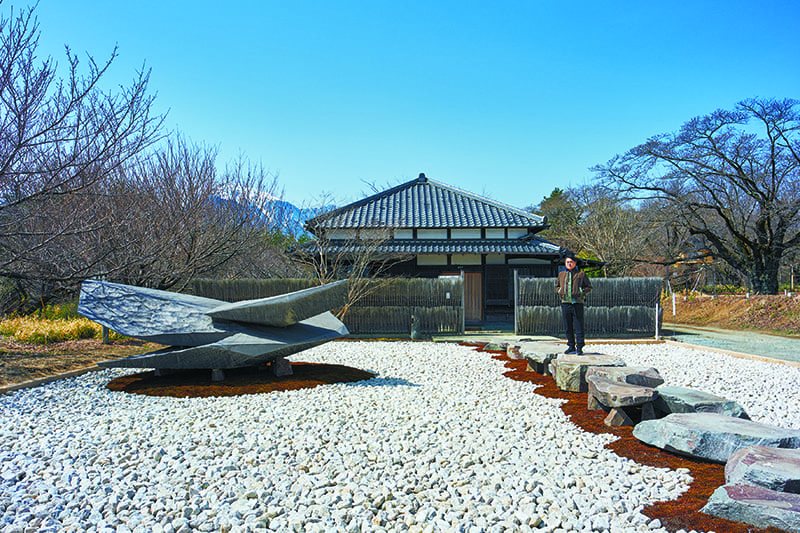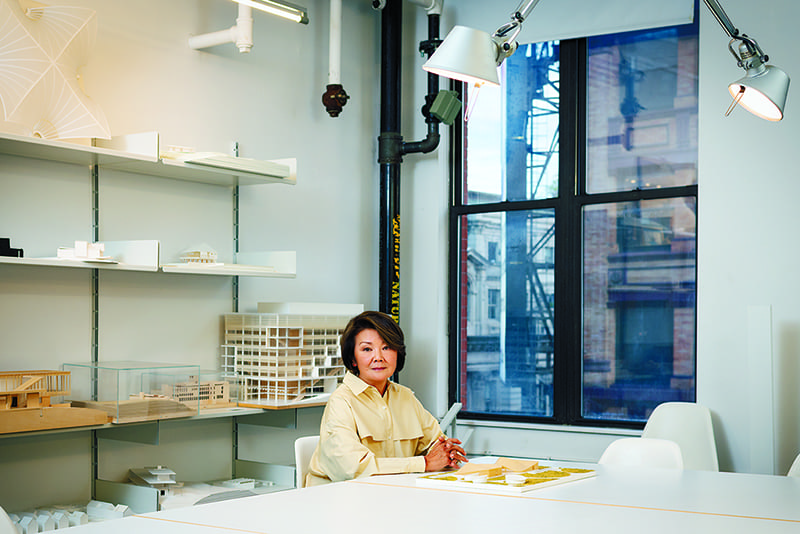November 24, 2023
The home front: A new way to save architecture
INTERVIEW
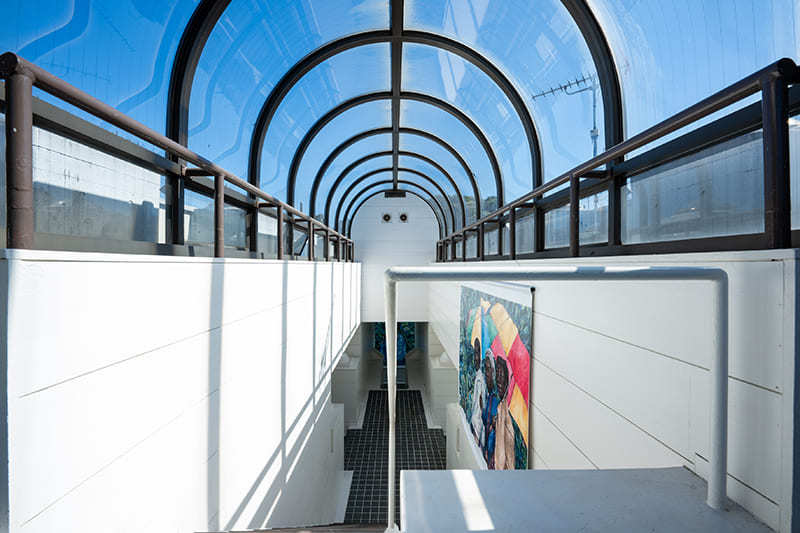
PHOTOS: TAKAO OHTA
Last year, the actor Kyoka Suzuki’s purchase of Villa Coucou, a masterpiece completed in 1957 by architect Takamasa Yoshizaka, attracted a lot of attention. Having heard the house would be demolished, it took just one visit for her to decide that it “had to be preserved.” She took it upon herself to restore it for public display — and she received the Architectural Institute of Japan’s Cultural Award 2023 for her efforts.
The story garnered attention because it is unusual for houses like Villa Coucou to be rescued. According to 2019 data from the land ministry, houses that were demolished in Japan were on average just 32.1 years old from 2008 to 2013, while in the United States the average was 66.6 years old as of 2009 and in Britain 80.6 years old in 2007. With a range of government incentives encouraging the building of new homes, the Japanese people’s desires with respect to home ownership have not changed significantly since World War II.
A number of factors account for the difficulty of preserving historical residences in Japan. One is the inheritance tax system. In urban areas, where land prices are high, people who have inherited property usually sell it just to pay the inheritance tax. If multiple heirs’ largest asset is land, it is generally sold and the proceeds are divided. These tend to result in any existing residence being demolished.
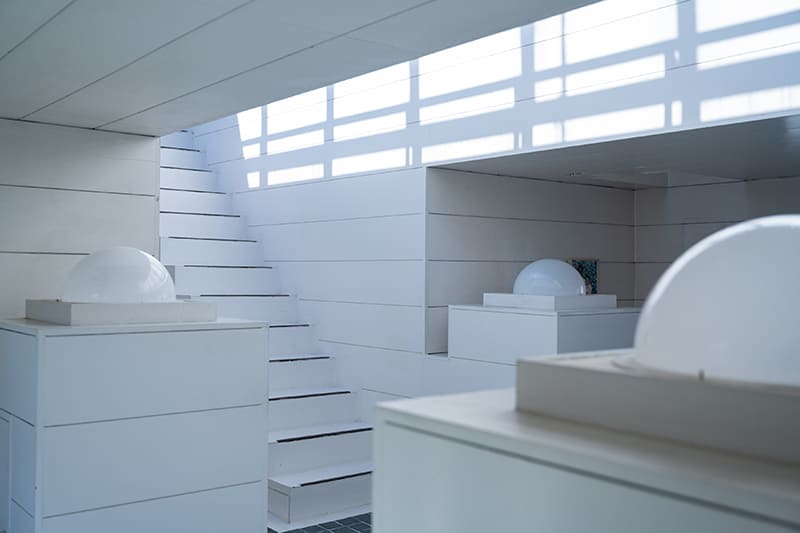
AWAZU HOUSE
(Completed in 1972)
Design: Hiroshi Hara
Location: Kawasaki
Site area: 602 square meters
Total floor area: 256 square meters
Structure: reinforced concrete (three stories)
The home and atelier of Kiyoshi Awazu (1929-2009), a pioneering graphic designer whose influence on contemporary creators continues to this day. The house has been a gathering place for artists and cultural figures since the 1970s. It was designed by architect Hiroshi Hara, who is known for works such as Kyoto Station, completed in 1997, and the Umeda Sky Building, completed in 1993. The Awazu House also has significant cultural value, as it was the prototype for Hara’s Reflection House series, symmetrical dwellings he created while researching villages around the world.
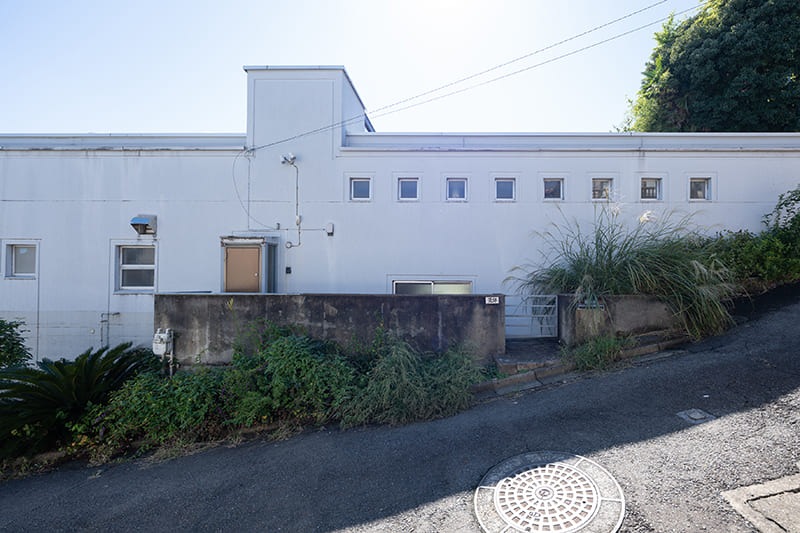
Another factor is that the Japanese real estate market is largely unreceptive of used housing. For tax purposes, a wooden house is considered to depreciate in 20 years, while reinforced concrete houses depreciate in 47 years. Originally, this depreciation index was used to calculate fixed asset tax, but the market has come to reflect it, and so even usable houses are now considered worthless after these periods have elapsed. Additionally, for sellers, dividing large properties into smaller vacant lots usually makes it easier to find buyers and results in greater profits. And even when buyers are willing to live in secondhand houses, they tend to find it harder to obtain mortgages.
Even when a property has been officially recognized for its cultural value, the situation is precarious. The national government waives 70% of inheritance and gift taxes for a property that has been named as an Important Cultural Property or Designated Cultural Property, and 30% for a Tangible Cultural Property, but the percentage waived is not clearly defined for properties given such designations by local governments. In many cases, public financial support is weak.
This was the backdrop to the establishment in 2013 of Heritage Houses Trust, a general incorporated association aimed at addressing these challenges. Labeling culturally and historically valuable properties as “heritage houses,” the group works to have such houses passed on to new owners. One of its achievements was Villa Coucou. In the 10 years since the group’s inception, the general public’s understanding of the value of classic houses has improved, and the government’s response has gradually changed. Director Toshiko Kinoshita emphasized the significance of “taking the time to carefully work on preservation.” She said, “A business-like mindset seeking short-term results will prioritize economic rationality and not lead to solutions to these issues. Because we are a nonprofit, we do not prioritize profit and can incorporate other perspectives.”
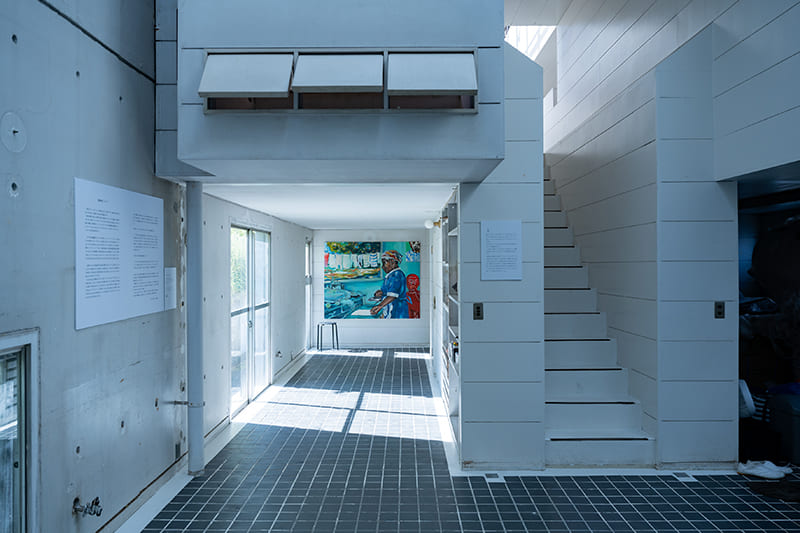
It has never been easy for owners who want to their homes to be preserved to find the right people to talk to. Real estate agents and tax accountants tend to have limited knowledge of architecture and the cultural value of properties, while architectural experts tend to focus only on architectural value and pay little attention to real estate and inheritance issues. Heritage Houses Trust is none of these, and so its approach is to educate stakeholders and society about the cultural value of residential architecture and try to arrive at optimal solutions. The trust often starts by simply asking that people stop and think before rushing to demolish a house.
Kinoshita believes it can be easier to preserve a classic house if it is rented out. The rental income covers the cost of maintenance, and the house’s value increases due to its profit-making potential. And as the number of renters of such houses increases, more people will be inclined to invest. “If people start taking advantage of property inspection services in order to obtain objective appraisals of the livability of their existing properties, then the market value can be established,” she said. “With environmental issues and population decline, the old approach of just building anew, resulting in the generation of large amounts of waste, is clearly not suited to the present age. I think it’s time for Japanese people to learn to live in 100-year-old vintage houses, rather than being obsessed with newness.”
Another success story is the Awazu House (completed in 1972), which is located in a residential part of Kawasaki in Kanagawa Prefecture. It was designed by architect Hiroshi Hara, who is known for works such as Kyoto Station, and was the home and studio of Kiyoshi Awazu, a prominent graphic designer during the postwar economic boom.
His son Ken Awazu, who inherited the house, consulted with the Heritage Houses Trust to restore the studio space where his father worked and interacted with artist friends. The space is now open to the public as an art venue. Just as Awazu and his family did in the past, visitors are able look up at the skylight from the living room and experience firsthand the beauty of an architectural space that has stood the test of time. Executive Director Chiaki Yoshimi commented: “What Ken Awazu and Kyoka Suzuki have in common is that they have a mindset of being ‘caretakers’ of houses rather than ‘owners.’ In other words, they believe that houses are assets for all members of society, and are a kind of cultural social capital. When such caretakers open up their homes to society, many people get the chance to see masterpieces of architecture and a new sense of value is born. In this way, if the public’s way of thinking changes, the market and system will follow, creating a virtuous cycle.”
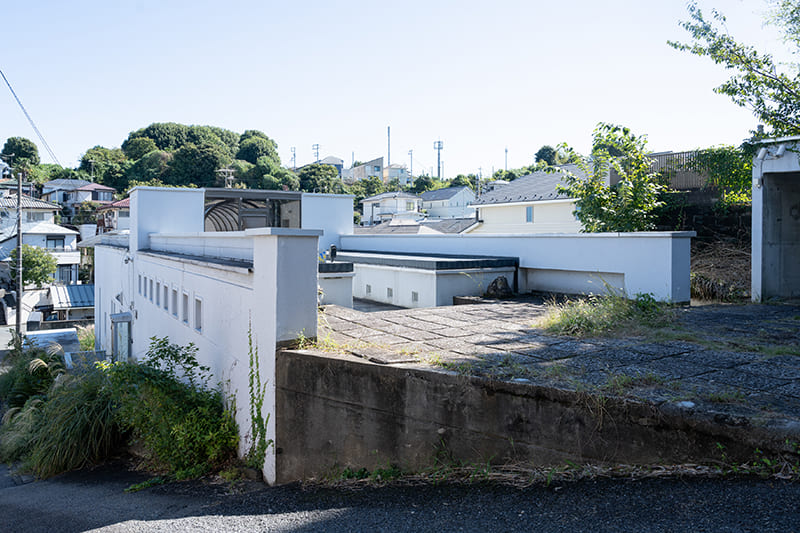
HERITAGE HOUSES TRUST
Established in 2013. With a network of experts, the group supports owners with issues relating to inheritance, seismic retrofitting and utilization in order to ensure that important residential buildings find new owners and residents to preserve them. It has contributed to the preservation of many residential masterpieces, including the house of pianist Takahiro Sonoda, designed by Junzo Yoshimura and completed in 1955, and the private residence of architect Kameki Tsuchiura, completed in 1935. Its acclaimed activities have seen it receive the Architectural Institute of Japan Award (Achievement Award) in 2022. Chiaki Yoshimi (right), the executive director, brings a family perspective to her work, having raised three children. Director Toshiko Kinoshita (left) is the representative of Community Housing Ltd., which plans, manages and operates rental housing in the Tokyo metropolitan area.
Website: https://hhtrust.jp/
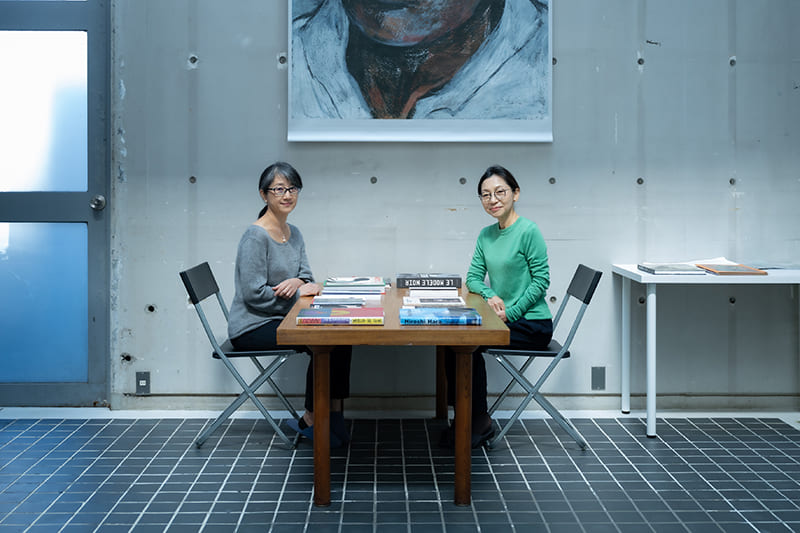
建築文化の継承を住宅保存を通じ考える。
「家はすぐ壊されてしまう」のが日本の住宅事情だ。滅失住宅の築後年数の国際比較(国土交通省2019年)を見てみると日本の住宅の利用期間は約32.1年(2008年~20 13年平均)で、米国の66.6年(2009年)や英国の80.6年(2007年)に比べて圧倒的に短い。様々な新築住宅優遇制度に支えられた日本人の持ち家志向の表れとも言える。そもそも日本には、中古住宅を残しにくい事情がいくつかある。そのひとつが相続税制度だ。相続が発生した場合、地価が高い都市部では高額な相続税の支払いのため自宅を売る必要が生じる。また複数の相続人がいる場合は遺産を分割しなければならず、最大の財産が不動産である場合、自宅を売却してお金に換えることになる。その際、上物である住宅が取り壊されてしまうのだ。
こうした諸問題が解決されないまま名作住宅が次々と姿を消していくのは看過できないと、2013年に一般社団法人〈住宅遺産トラスト〉は発足した。文化的、歴史的に価値のある住宅やその環境を“住宅遺産”と称し、新たな住まい手に継承するために活動する。
Return to Sustainable Japan Magazine Vol. 30 article list page

